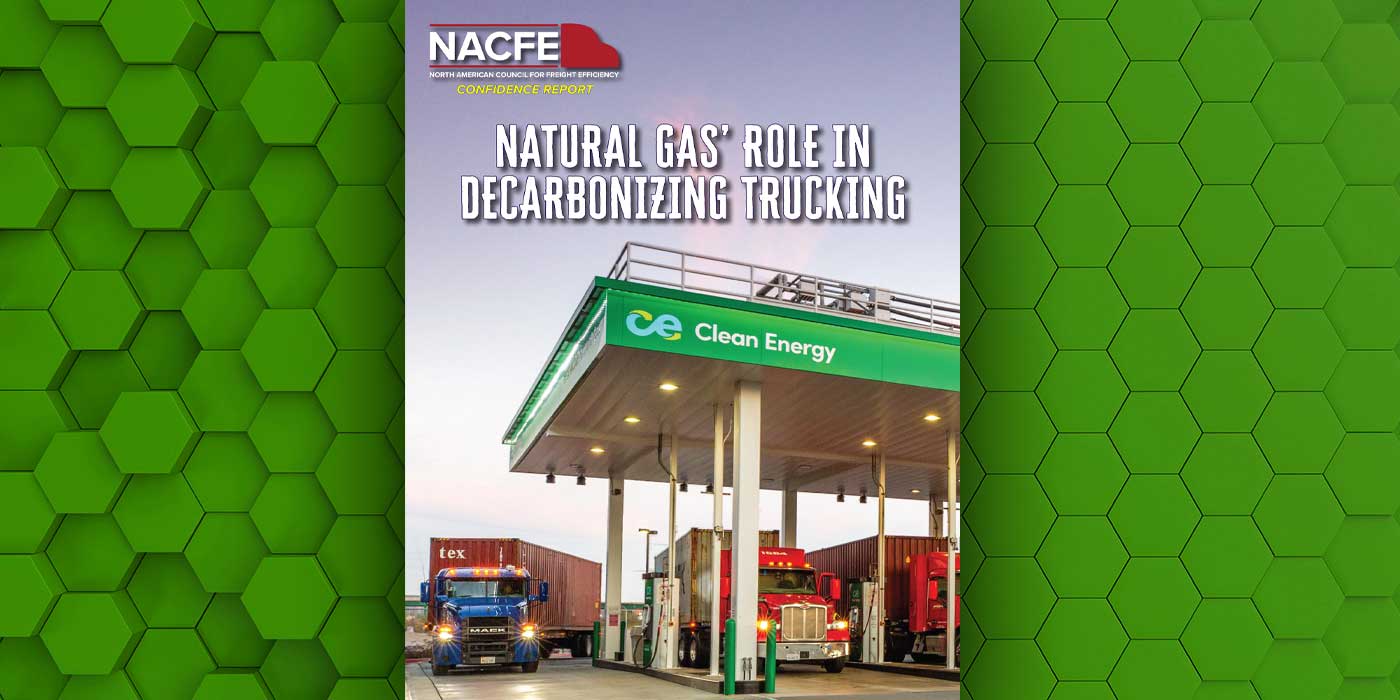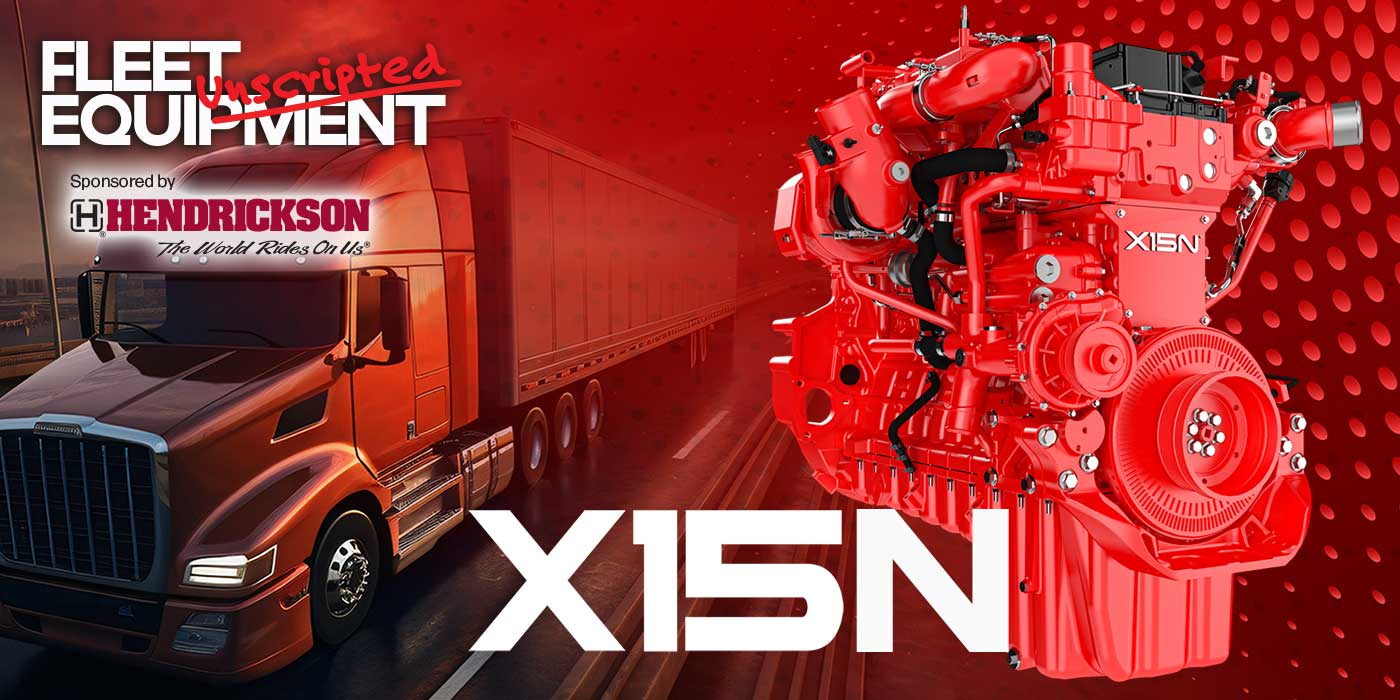Several interesting things are happening currently in the alternate fuels arena; so I feel readers need an update. My focus will be limited to alternate fuels for diesel engines only.
Biodiesel has been taking some hits lately. Low crude oil prices have slowed biodiesel research dramatically. Even the introduction of natural gas has been slowed due to low crude prices. But natural gas hasn’t been affected as much as biodiesel because the cost of natural gas in gallon equivalents is still much cheaper than ULSD. In fact, virtually every manufacturer and supplier supports the introduction of gaseous (methane, natural gas and propane) alternate fuels into the marketplace.
It’s difficult to get interested in biodiesel when it can cost as much as 50% more than ULSD fuel to produce in some areas. More biodiesel is sold when prices are lowered, but biodiesel producers can’t remain competitive on selling price with ULSD and stay profitable.
This is the same problem that keeps algae-based fuels from being commercial players. In fact, most algae producers have shifted their focus to selling beauty aids and other much more profitable products. Can you blame them?
This lack of interest in biodiesel has also served to stall R&D efforts on biodiesel’s big issue—cold weather performance. As a result, cold weather performance of biodiesel is only tolerable when using large dosages of expensive additive chemistry. Again, costs increase significantly.
States, federal government and environmentalists have continued to push for increased biodiesel fuel usage, but operational problems have stymied their efforts. Even Congress’ reinstatement of the $1 per gallon biodiesel tax credit in December hasn’t had much positive influence to date.
The Minnesota Trucking Association and four trade groups, including the American Petroleum Institute, recently filed a lawsuit to halt Minnesota’s 10% biodiesel fuel usage mandate. It wasn’t a real 10% mandate in the first place, because biodiesel usage was suspended in the winter months. I think this lawsuit accurately points out why government shouldn’t be allowed to try to force technology with ill-conceived legislation. I can see a 10% biodiesel mandate in a warm weather state, but such mandates in northern states are, at best, ludicrous and, at worse, outright deceitful.
More technically minded environmentalists are now pulling their support from biodiesel and ethanol. They still recommend significant reductions in emissions over the long term, but they also realize this can not be accomplished by producing these fuels from food stuffs. Ground beef prices increased 23% last year, because the cost of cattle feed is completely out of hand.
These scientists think we have had sufficient time for researchers to develop alternate fuel feed stocks from decaying matter and cellulosic materials including switch grass to produce second generation biofuels. I agree with them. Instead of looking to the future, R&D has focused on increasing profits with first generation biodiesel and ethanol. ADM significantly improved their profits on reduced revenues in the last year.
Natural gas is the obvious near-term alternate fuel for both power generation and transportation. Power generation facilities are switching from coal to natural gas as rapidly as they can afford to. Truck engine builders, fuel suppliers and even the federal government are supporting conversions to natural gas fuels. Natural gas is on a well-deserved roll.
Recently, President Obama signed legislation allowing fleet operators to depreciate natural gas vehicles (purchased either new or used) fully in one year. Such investments used to require depreciation write offs over a three-year period. Additionally, this legislation provides a 50% per gallon tax credit for using natural gas and a $30,000 tax credit for building natural gas refueling stations. Even our federal government has figured out which alternate fuel
is most logical in the near term.














